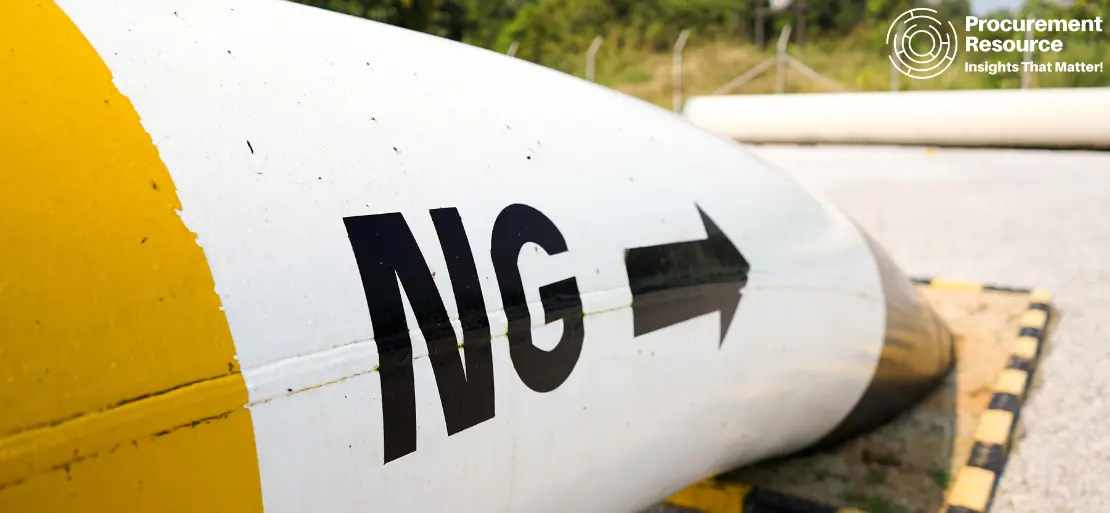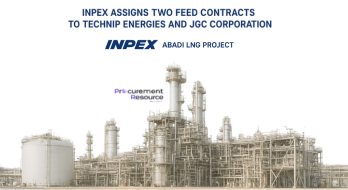Natural Gas and Coal Costs are Rising due to Supply Constraints in the Energy Industry

In October 2021, natural gas and coal prices hit new highs. Australian thermal coal European and Asian spot natural gas prices were three, four, and two times higher in February than in January. The rise in pricing reflects a substantial surge in demand for power generation, particularly in China and India, as well as supply constraints, owing in part to bad weather. However, prices began to fall again in early November as China increased coal output and seasonal demand decreased.
As the global economy recovers from the pandemic, demand for natural gas and coal has increased, both for power generation and industrial use. Electricity output in China increased 11 percent from January to August 2021, whereas it grew 17 percent year on year in India in August 2021.
In 2021, weather conditions had a significant impact on energy output. Droughts in Brazil, China, Turkey, and the United States limited hydroelectric power supply, resulting in increased fossil fuel consumption. Natural gas and coal output were also disrupted by bad weather, with floods limiting coal production in numerous nations, including China and Indonesia.
Policies such as China's prohibition on coal imports from Australia, which disrupted international coal commerce, also impacted coal supplies. Due to limited coal and hydropower generation, China's natural gas imports increased dramatically. On the other hand, coal production increased dramatically in October due to government measures to boost supplies.
The global energy industry is becoming increasingly interconnected for instance natural gas and coal prices show a significant connection, demonstrating how both markets have grown increasingly intertwined. This is attributable to the increasing importance of liquefied natural gas (LNG).
LNG will account for more than half of all-natural gas sold in 2020, compared to just under a quarter in 2000. As local LNG output has declined, Europe has become increasingly reliant on LNG imports. As a result, fuel scarcity in one place, such as coal in China, might raise coal costs in other regions and put upward pressure on the pricing of alternatives like natural gas.
Coal and natural gas prices are still susceptible to weather-related factors in the short run that may prove hazardous in the future. Global stocks are still relatively low compared to prior years, particularly in Europe, where stockpiles are still significantly below their five-year average. This raises the likelihood of shortages and price rises, especially if the winter is colder than typical.
Climate change and changing weather patterns will have a more significant impact on these commodities' demand by increasing energy usage for cooling and heating due to dramatic temperature fluctuations. Weather-related natural phenomena influence energy output, both renewable generating and fossil fuel production.
Other commodity markets are being broadly impacted by the recent price increases in coal and natural gas (as well as oil). Higher energy prices have influenced the production of various metals (mainly aluminium and zinc, which need a lot of energy to manufacture) and fertilisers (some of which use natural gas and coal as inputs).
Food production has also gotten more costly due to rising fertiliser and fuel prices. The rise in energy costs has also brought to light some of the energy transition's issues, particularly ensuring that adequate investment in low-carbon energy sources is made to compensate for decreasing investment in fossil fuels. Reducing fossil fuels in the energy mix can help nations become less vulnerable to commodity price volatility.


.webp)
